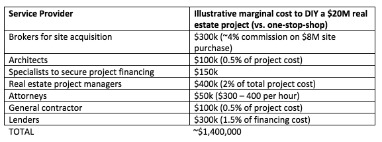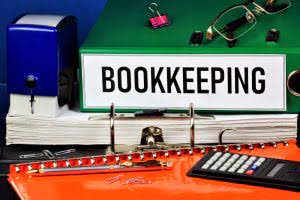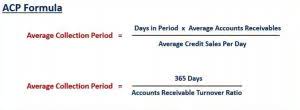
Management is interested in the cash inflows to the company and the cash outflows from the company because these determine the company’s cash it has available to pay its bills when due. We will examine the statement of cash flows in more detail later but for now understand it is a required financial statement and is prepared last. The statement of cash flows uses information from all previous financial statements. A cash flow statement shows how cash is entering and leaving your business. While the income statement shows revenue and expenses that don’t cost literal money (like depreciation), the cash flow statement covers all transactions where funds enter or leave your accounts.
The statement divides the cash flows into operating cash flows, investment cash flows, and financing cash flows. The final result is the net change in cash flows for a particular time period and gives the owner a very comprehensive picture of the cash position of the firm. The first step in financial statement preparation is identifying and gathering relevant financial data from a company’s accounting records.
Financial Accounting
Now, you can’t go off creating your different financial statements all willy nilly. Balances the five types of accounts in accounting of current liabilities like accounts payable and long-term liabilities like bonds appear here. Other comprehensive income refers to gains and losses that don’t appear on the income statement because the company hasn’t realized them yet. Once you have the closing balance for the retained earnings account, add it to the opening balance of owners’ equity.
Income Statement
Your business’s financial statements give you a snapshot of the financial health of your company. Without them, you wouldn’t be able to monitor your revenue, project your future finances, or keep your business on track for success. After all, preparing financial statements requires a working knowledge of accounting haircut and margin concepts like double-entry accounting, accrual basis accounting, and the accounting cycle. This statement shows the distribution of profits that are retained by the company and which are distributed as dividends. The four main types of audit opinions are unqualified, qualified, adverse, and disclaimer of opinion. An unqualified opinion indicates that the financial statements are fairly presented and comply with the relevant accounting standards.

We and our partners process data to provide:
This requires a careful reconciliation of at least the major balance sheet accounts, to ensure that they only contain valid balances. In many cases, some or all of these balances need to be charged to expense. As you can see all four general-purpose financial statements are prepared and presented here. Paul can use these statements internally to gauge the performance of his store for the year or he can issue them to lenders or investors to help raise funds to expand the store.
The next step is to post journal entries to sub-ledger accounts, common size financial statement which are accounts that record details and provide more context than the overarching general ledger. Sales transactions are posted to the sales ledger, credit sales are recorded in the accounts receivable ledger, and so on – you get the idea. They should stay updated on the latest accounting standards, regulations, and industry practices to ensure that they prepare financial statements accurately and in compliance with the relevant guidelines.
Vertical and Horizontal Analysis
- After gathering financial data, accountants must adjust and classify transactions according to the appropriate accounting principles and standards.
- The income statement, or the statement of comprehensive income, summarizes a company’s revenues and expenses over a specified period.
- The last line of your income statement, called the bottom line, shows you net income or loss.
- Recording transactions is the gateway through which all the information needed to prepare financial statements flows.
- Liabilities are debts you owe to other individuals, such as businesses, organizations, or agencies.
Conduct an ending physical inventory count, or use an alternative method to estimate the ending inventory balance. Use this information to derive the cost of goods sold, and record the amount in the accounting records. Compare the shipping log to accounts receivable to ensure that all customer invoices have been issued. My Accounting Course is a world-class educational resource developed by experts to simplify accounting, finance, & investment analysis topics, so students and professionals can learn and propel their careers. Shaun Conrad is a Certified Public Accountant and CPA exam expert with a passion for teaching. After almost a decade of experience in public accounting, he created MyAccountingCourse.com to help people learn accounting & finance, pass the CPA exam, and start their career.
Calculate depreciation expense and amortization expense for all fixed assets in the accounting records. Ensure that you are not still taking depreciation expense on assets that have already been fully depreciated (which is especially common when you are tracking depreciation on an electronic spreadsheet). Create your balance sheet and include any current and long-term assets, current and noncurrent liabilities, and the difference between your assets and liabilities (aka equity). Liabilities are debts you owe to other individuals, such as businesses, organizations, or agencies.
Preparing general-purpose financial statements can be simple or complex depending on the size of the company. Some statements need footnote disclosures while other can be presented without any. Details like this generally depend on the purpose of the financial statements. Your cash flow might be positive, meaning that your business has more money coming in than going out. Or, your company could be in negative cash flow territory, which indicates that you’re spending more money than what you’re bringing in.











